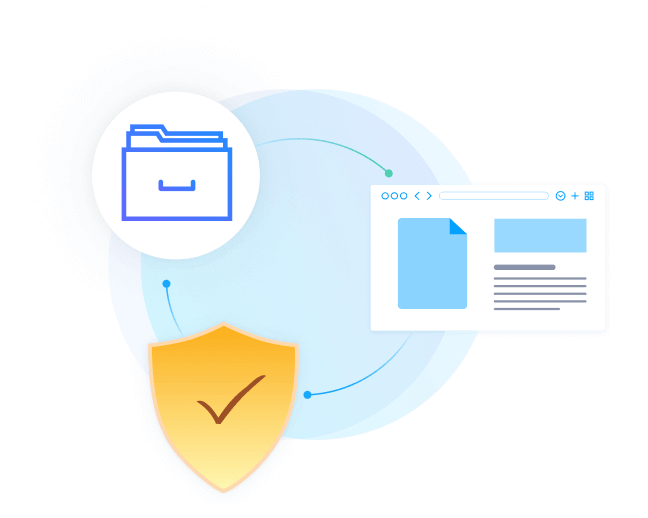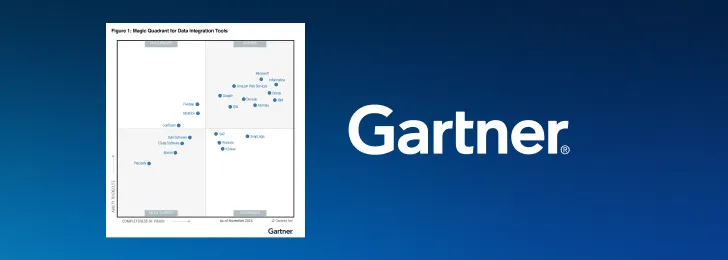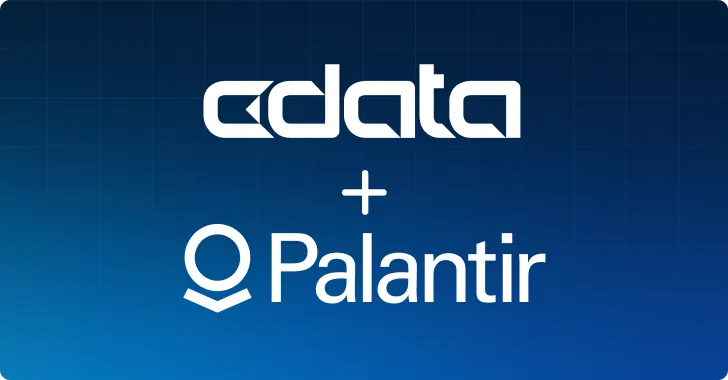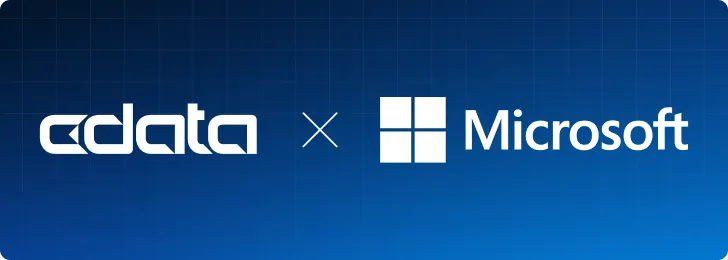
In today’s digital landscape, secure file transfer is more critical than ever. With increasing concerns over data breaches and the need for regulatory compliance, businesses must choose the right protocols to ensure their data is transmitted safely and efficiently. Among the various protocols available, AS2 and SFTP are two of the most commonly used for secure file transfer. This article explores these protocols, their benefits, key differences, and how to choose the best one for your needs.
What is the AS2 protocol?
AS2, or Applicability Statement 2, is a standard used for the secure and reliable transfer of business data over the internet. Developed by the Internet Engineering Task Force (IETF), AS2 enables users to exchange structured business data securely and reliably, making it particularly popular in sectors like retail and healthcare.
How does the AS2 protocol work?
To understand the AS2 protocol, it is essential to break down its components and how they interact to ensure secure data transfer.
- Underlying protocols: AS2 operates over HTTP/HTTPS, which provides the foundational communication framework. By leveraging these well-established internet protocols, AS2 ensures compatibility and ease of integration with existing network infrastructures.
- Encryption standards: Security in AS2 is maintained through robust encryption standards. It uses algorithms such as Triple DES and AES to encrypt the data, ensuring that only authorized parties can read the contents of the transmission.
- Digital certificates: Digital certificates play a crucial role in AS2 communications. They authenticate the identity of the sender and receiver, ensuring that the data is exchanged between trusted parties. Certificates also enable encryption and decryption, further securing the data during transit.
- Message disposition notifications (MDNs): One of the standout features of AS2 is the Message Disposition Notification (MDN). An MDN acts as a digital receipt, confirming the successful delivery and integrity of the message. This non-repudiation feature is vital for business transactions as it provides proof of delivery and protects against disputes.
3 Typical use cases of AS2
AS2 is widely used across various industries due to its reliability and security features. Here are two common use cases:
- EDI data exchange in retail: Retailers frequently use AS2 for Electronic Data Interchange (EDI), facilitating the secure exchange of purchase orders, invoices, and shipping notices between businesses. This automation helps streamline operations and reduce errors.
- EDI data exchange in manufacturing and supply chain: The partners of retailers, manufacturers and logistics providers, also need to “speak” AS2 to communicate with retailers. Since AS2 is used on both ends of the communication, the same documents sent or received by retailers are sent or received (inversely) by suppliers or manufacturers.
- EDI data exchange in healthcare: In healthcare, AS2 is used to exchange sensitive patient information and billing data. Its robust security measures ensure compliance with regulations like HIPAA, protecting patient privacy and data integrity.
Benefits of AS2
The AS2 protocol offers several significant benefits that make it a preferred choice for secure data transfer, including:
- Strong security features: AS2’s use of encryption, digital certificates, and MDNs provides a high level of security, protecting data from interception and tampering.
- Non-repudiation for B2B data exchanges: The MDN feature ensures that all parties have proof of delivery, which is crucial for legal and compliance purposes in business transactions.
- Improved data integrity: AS2 guarantees that the data received is the same as the data sent, maintaining its integrity throughout the transfer process.
What is the relationship between AS2 and EDI?
EDI, or Electronic Data Interchange, is a system that allows businesses to exchange documents electronically in a standardized format. AS2 is often used as the transport protocol for EDI transactions, providing the secure communication layer necessary for transmitting sensitive business data.
What is the SFTP protocol?
SFTP, or SSH File Transfer Protocol, is another popular method for secure file transfer. It builds on the Secure Shell (SSH) protocol to provide a secure way to transfer files between systems.
How does the SFTP protocol work?
Understanding the SFTP protocol involves looking at its foundational elements and how they contribute to secure file transfer.
- Underlying protocols: SFTP operates over the SSH protocol, which provides a secure channel over an unsecured network. This ensures that the data is encrypted and secure during transfer.
- Encryption standards: SFTP uses strong encryption standards such as AES, ensuring that the data is protected from unauthorized access during transmission.
- User authentication methods: SFTP supports various authentication methods, including password-based and public key authentication, adding an additional layer of security by verifying the identity of the user before allowing access.
3 Typical use cases of SFTP
SFTP’s flexibility and security make it suitable for a variety of file transfer needs. Here are three typical use cases:
- Interdepartmental file sharing: Organizations often use SFTP for secure file sharing between departments, ensuring sensitive information such as financial records and employee data is protected.
- Supply chain file transfers: SFTP is used to transfer data between different entities within a supply chain, such as suppliers and manufacturers, ensuring that information such as order details and inventory levels is transmitted securely.
- Secure exchange of customer data: Companies use SFTP to securely transfer customer data, such as personal information and transaction records, protecting it from unauthorized access and breaches.
Benefits of SFTP
SFTP offers several advantages that make it a reliable choice for secure file transfer.
- Secure and efficient file transfer: By leveraging SSH for security, SFTP provides an encrypted, secure method for transferring files efficiently across networks.
- Flexibility for various file transfer needs: SFTP is versatile and can handle a wide range of file transfer scenarios, from small file exchanges to large data transfers.
- Enhanced data flexibility: SFTP ensures that data is accessible to authorized users while maintaining security, making it easy for businesses to manage and retrieve their files.
- User-friendly interface: Many SFTP clients offer user-friendly interfaces, making it easier for users to manage file transfers without requiring extensive technical knowledge.
AS2 vs SFTP: A head-to-head comparison
To help you decide which protocol is best for your needs, here is a comparison of the key features of AS2 and SFTP:
|
Feature
|
AS2
|
SFTP
|
|
Security protocols
|
HTTP/HTTPS with encryption and MDNs
|
SSH with encryption
|
|
Authentication methods
|
Digital certificates
|
Password-based and public key authentication
|
|
Encryption standards
|
Triple DES, AES
|
AES
|
|
Non-repudiation
|
Yes (via MDNs)
|
No
|
|
File size limitations
|
Typically no inherent limitations
|
Depends on implementation and server
|
|
Ideal use cases
|
EDI data exchange in retail and healthcare
|
Interdepartmental file sharing, supply chain transfers, customer data transfers
|
|
Ease of setup and use
|
Requires setup of digital certificates and MDNs
|
Generally easier to set up with SFTP clients
|
How to choose the best protocol for your needs: AS2 or SFTP?
When choosing between AS2 and SFTP, consider the following factors to determine which protocol best meets your needs.
- Security requirements: If your primary concern is high-level security and non-repudiation for business transactions, AS2 is the better choice due to its use of MDNs and strong encryption standards. However, if you need a secure but more straightforward method for file transfer, SFTP is highly reliable.
- Trading partners compatibility: Consider the systems and protocols used by your trading partners. If they primarily use AS2 for EDI transactions, it is essential to use AS2 to ensure compatibility. Conversely, if your partners prefer SFTP, it might be more practical to use the same protocol.
- Types of files being transferred: The nature and sensitivity of the files being transferred can influence your choice. For highly sensitive business data requiring non-repudiation, AS2 is ideal. For general file transfers within an organization or with partners, SFTP may suffice.
- Ease of implementation: Evaluate your organization’s technical capabilities. AS2 may require more setup and configuration, particularly concerning digital certificates and MDNs. SFTP, on the other hand, tends to be easier to implement and manage with various available clients.
Get certified managed file transfer with CData Arc
For a robust and secure file transfer solution, consider CData Arc, a Drummond-Certified B2B integration solution for AS2 messaging and file transfer. CData Arc supports major Managed File Transfer (MFT) standards like AS2, AS4, OFTP, SFTP, and more, ensuring your business data is transferred securely and efficiently. Explore our solutions to find the best fit for your secure file transfer needs.
By understanding the key features and benefits of AS2 and SFTP, you can make an informed decision on which protocol is best suited for your organization’s secure file transfer requirements.
Try CData Arc today
Get a 30-day free trial of CData Arc to uplevel your AS2 messaging and file transfer processes.





